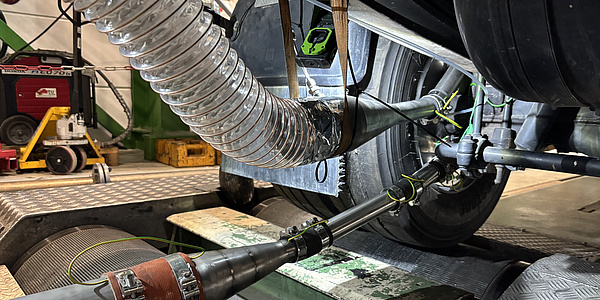Prototypes for efficient energy storage
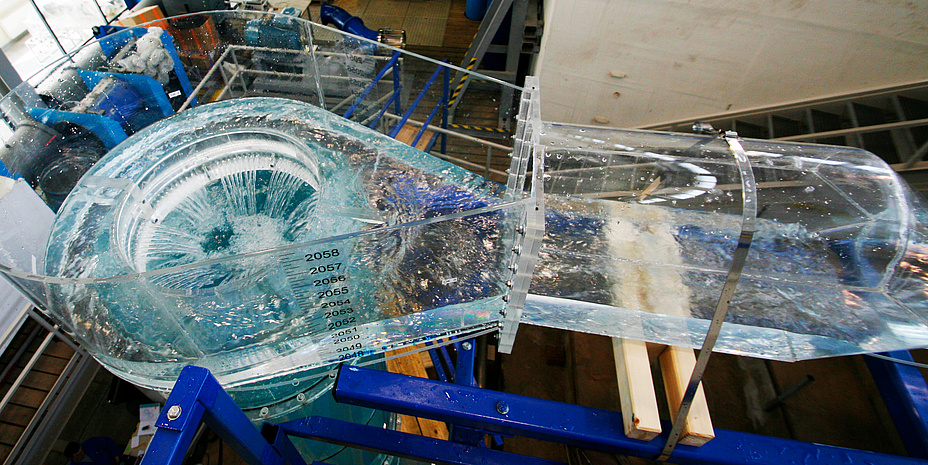
Hydroelectric power station and energy storage plant combined
Austrian pumped-storage hydro power plants make an essential contribution to a stable electrical power supply in Austria and Germany by responding to fluctuations in the shortest time. When electrical power is required, water is led from the upper reservoir by way of the pressure tunnel to the power house or power cavern to set the turbines in motion. The turbines drive massive generators which produce the valuable electrical power. In this way power can be produced and fed into the grid within seconds. The special thing about pumped-storage hydro power plants is that water from the lower reservoir can be pumped back again when there is a power surplus in the system. In addition to that modern pump controlling techniques provide negative regulation also to keep the frequency in the power grid stable. "In the case of new pumped-storage hydro power plants, an overall efficiency of 80 per cent is achieved with regard to electrical power storage – this is the most efficient way to store large amounts of power. Currently a much discussed power storage is the rising technology power to gas (P2G) in which methane gas is produced via first producing hydrogen from electricity using renewable energy sources, and which is subsequently fed into the natural gas system. In comparison it has an overall efficiency of under 30 per cent," says Wolfgang Richter, staff member at the Institute of Hydraulic Engineering and Water Resources of TU Graz.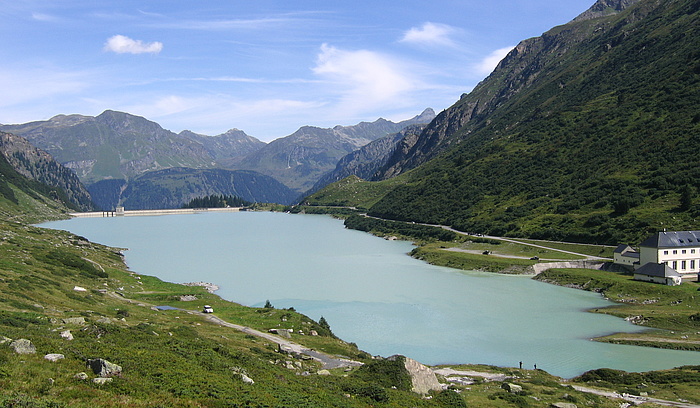
A surge tank for Obervermuntwerk 2
Every pumped-storage power plant is unique and must be adapted to the specific circumstances of the location. The construction of new pumped-storage power plants with ever greater quantities of water and demands on plant flexibility requires great expertise from civil, mechanical and electrical engineering. Vorarlberger Illwerke AG, which operates today’s most flexible pumped-storage power plant in the world – Kopswerk 2 – has for many years relied on TU Graz in matters of research and recruiting trained engineers. And TU Graz is also substantially involved in the latest project – the pumped-storage power plant Obervermuntwerk 2, which will set new standards in power station engineering and is expected to go online in 2018.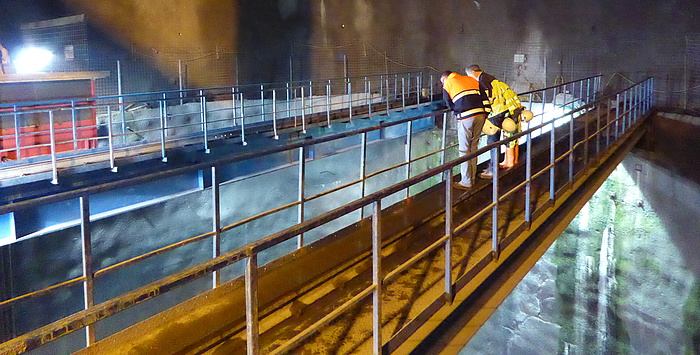
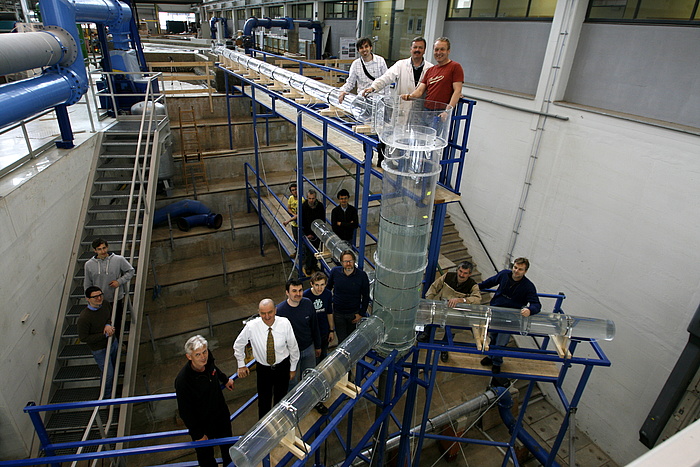
TU Graz is home to <link https: www.tugraz.at en institutes iwb modelling laboratories _blank int-link-external external link in new>two hydraulic labs with a total area of 3,500 square metres for experimental hydraulic arrangements using true-to-scale models of power plants and other hydraulic structures.
The surge tank prototype for Obervermuntwerk 2 which was specially designed and tested at TU Graz has two special characteristics: the first ever built waterfall damping element with the energy of a massive waterfall evenly distributed over the cross section, and an optimised asymmetrical hydraulic throttle that additionally dampens the water oscillation. The journal "<link http: onlinelibrary.wiley.com doi geot.201400057 epdf _blank int-link-external external link in new>Geomechanics and Tunnelling" explains these special prototypes in more detail.This research area is anchored in the Field of Expertise "Sustainable Systems", one of five research foci of TU Graz.
Kontakt
Univ.-Prof. Dipl.-Ing. Dr.techn.
Institute of Hydraulic Engineering and Water Resources Management
<link int-link-mail window for sending>gerald.zenz@tugraz.at
<link https: www.tugraz.at institute iwb home _blank int-link-external external link in new>www.tugraz.at/institute/iwb/home/
Wolfgang RICHTER
Dipl.-Ing.
Institute of Hydraulic Engineering and Water Resources Management
<link int-link-mail window for sending>wolfgang.richter@tugraz.at


